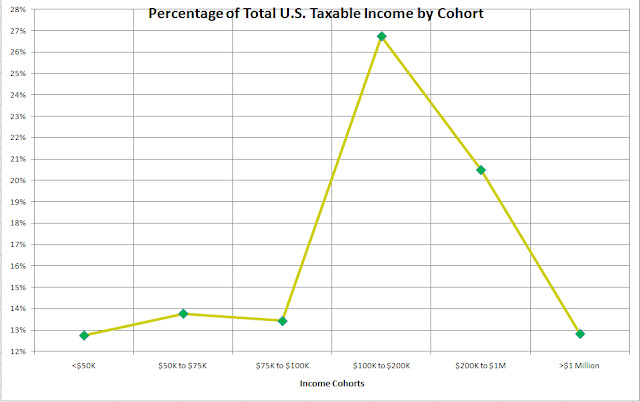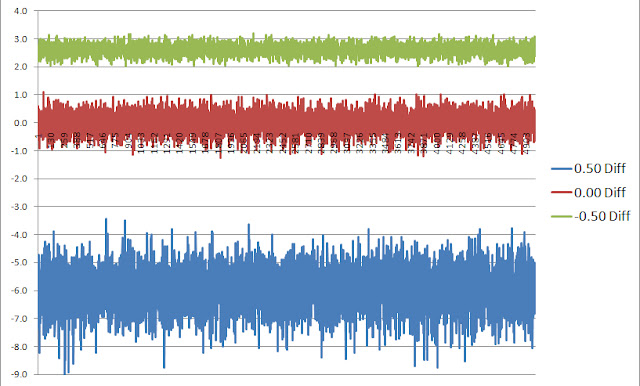Let us spend a moment putting the significance of a few numbers in perspective, as it’s always easier to gauge the magnitude of a number when viewed collectively. Like people’s heights, when somebody 5’6” is standing next to somebody 6’5”, it’s easier to grasp their values in comparative stricture.
To begin, no number needs more transparency than the U.S. debt level. First for comparison, the U.S. GDP these days runs around ~$15 Trillion dollars. That’s $15,000,000,000,000 per year that our economy produces. The U.S. debt is also of similar magnitude but with a sign change (-$14.7 Trillion) making the debt to GDP ratio about ~100%. It’s 140% for Greece and over that for Japan. The difference is Japan’s debt is 90% owned by its own people, whereas the U.S. debt is half owned by Americans, the other half is owned outside the U.S. Now, the current budget deficit of POTUS (President of the United States) is around $1 Trillion if there are no cuts (there will be). Which means that if this budget is passed by congress, it would raise the U.S. debt by a trillion in a single year, to $15,700,000,000,000, assuming of course that the debt ceiling is raised to accommodate it. This amounts to ~$52,333 per person, very roughly.
Now, the U.S. runs a trade deficit every year. We actually run a trade surplus in services, but it’s the goods we trade in that run a deficit, meaning we import more goods than we export, however we do export consulting, filling out paperwork and general business services for other countries more than we take in but by far and away, buy more goods. This deficit runs to -$668,000,000,000 per year or about -4.5% of GDP. China on the other hand has a GDP of about 1/3 of the U.S. of about $5,000,000,000,000 per year, with a trade surplus of +$169,000,000,000 which is about 3.4% of their GDP. However, nonetheless, moreover and but……. China has a surplus of foreign exchange reserves of $3,000,000,000,000 ($3 Trillion) whereas the U.S. has…..well, debt. This $3 Trillion in reserves is 60% of their GDP.
Now, this Chinese surplus is invested in over a trillion of U.S. Treasuries, meaning we owe the Chinese $1,000,000,000,000 minimally, probably more. They on the other hand, have no interest in our dollar falling (devaluing) as it has been, as they’re investment is losing money when that happens. Nor do the Chinese want the U.S. to default for then as a creditor, they won’t get paid dollar for dollar either. So given the fear of that happening, what might the Chinese invest these proceeds in to diversify away from U.S. treasuries?
Well, for one the entire amount of commercial mortgages owed in the U.S. collectively, is $2.4 Trillion. Meaning the Chinese could pay the entire amount of listed mortgages on commercial real estate in the U.S. take a huge ownership in buildings and land here, and STILL have $600,000,000,000 leftover. Oh by the way, the 2008 to 2010 loss in total real estate in this country was $8 Trillion just to put things in perspective. China could also pay off the entire debt of Spain, Ireland, Portugal and Greece and still have $1,500,000,000,000 leftover, a full have of their surplus. In addition, using this half of their surplus, they could buy all outstanding shares of Apple, Microsoft, IBM, Google and Exxon.
Or they could spend the whole $3 Trillion and buy Exxon, Apple, GE, Microsoft, IBM, Chevron, Berkshire Hathaway, Walmart, AT&T, Proctor & Gamble, Johnson & Johnson, Oracle, JPMorgan and Google. They’d spend all their money then but considering that on January 1st, their surplus was $2.85 Trillion and by the end of March it was $3 Trillion, after buying all these companies, by the end of next month, they’d have another $15,000,000,000 in cash to do something with. Oh by the way, if they bought all the companies in the Russell 2000 index of small cap stocks, all 2000 of them, they’d still have $1.4 Trillion dollars left over, or $1,400,000,000,000!
All of Manhattan’s taxable real estate amounts to just shy of $300 Billion. China could by the whole Island and have over $2.5 Trillion dollars left! We could throw in all the property of Washington D.C. for another $232 Billion and make them overpay and they’d still own Manhatten and D.C. and have $2 Trillion leftover!! Understand, the total Tornado and Flood damage we hear about in the media recently amounts to somewhere between $5,000,000,000 to $6,000,000,000. This is only ~0.18% of the Chinese surplus. Consider that it would only cost about $1.9 Trillion to purchase all of the farmland in the U.S. The Chinese could buy all our productive farmland and still have $1,100,000,000,000 leftover.
Now imagine in you will, an alternate universe in which the U.S. had a trade surplus of 60% of our GDP like the Chinese? A whopping $9 Trillion dollars instead of -$14.7 Trillion in debt! Who of us, would be worried about social security, health insurance and medicare under that circumstance? Food for thought!












